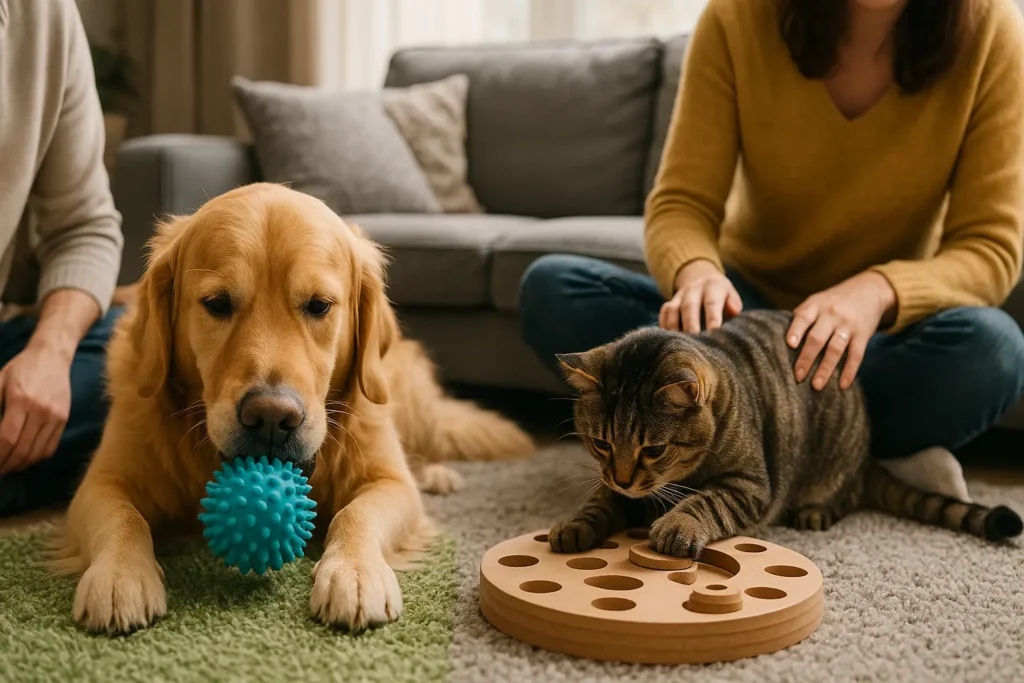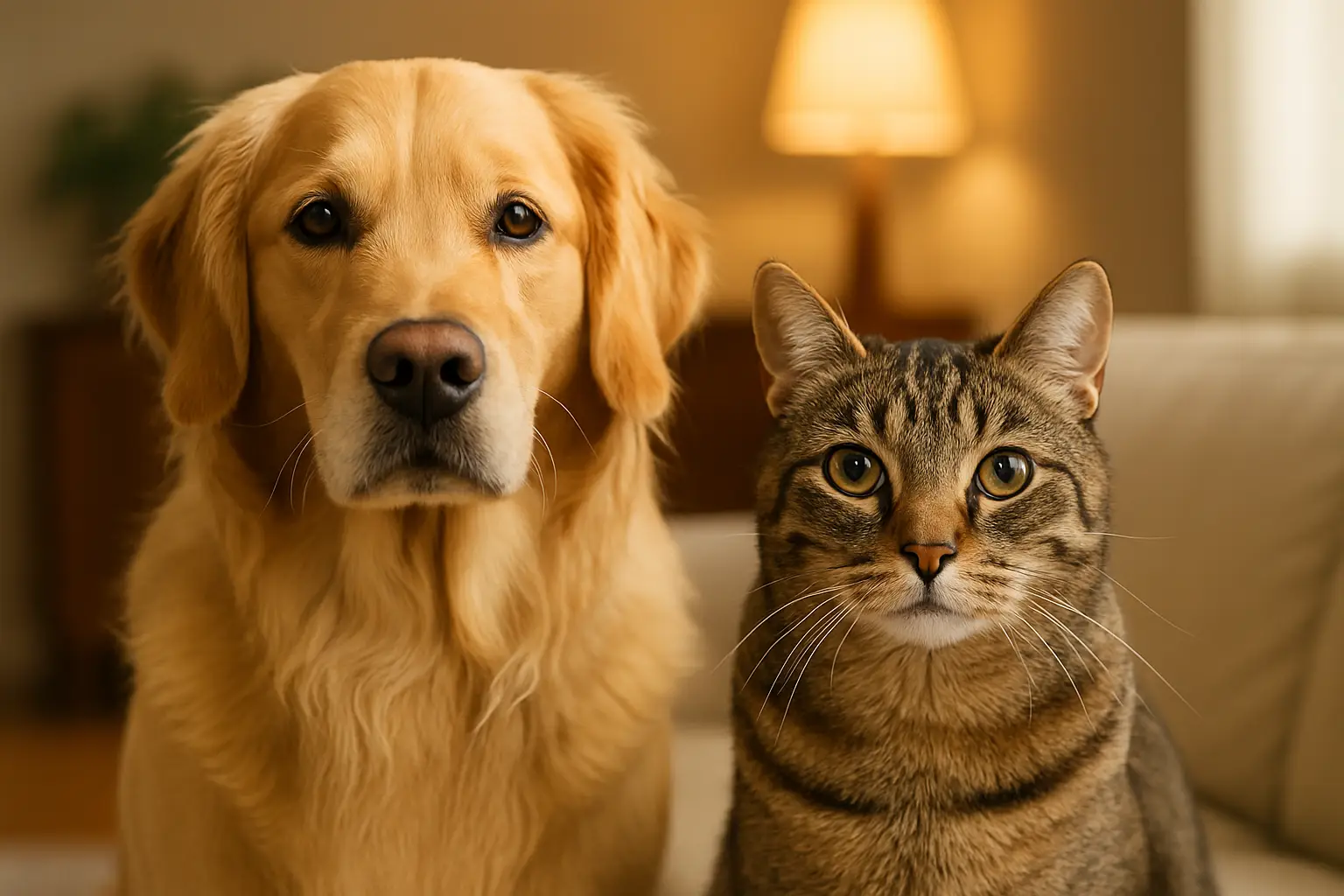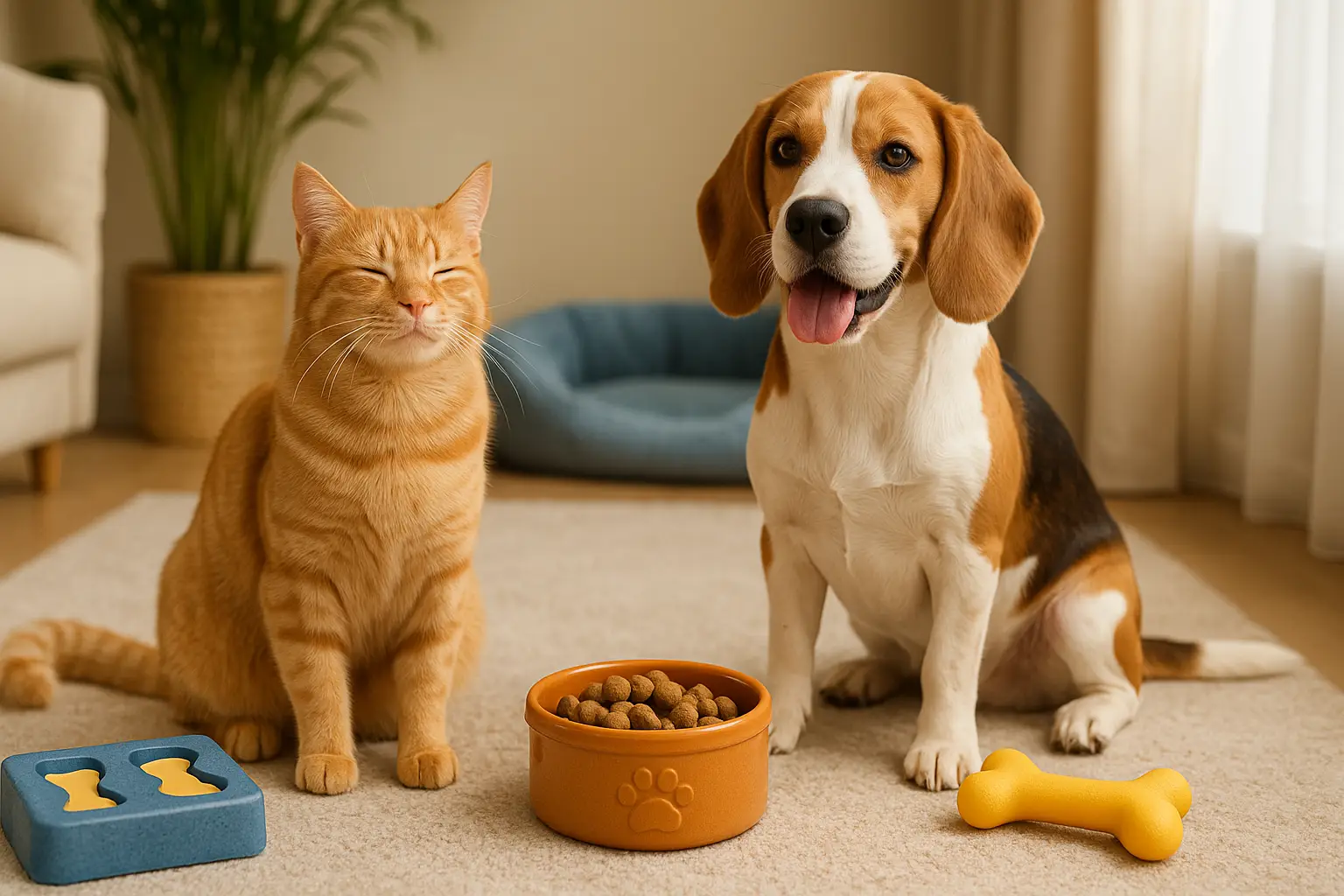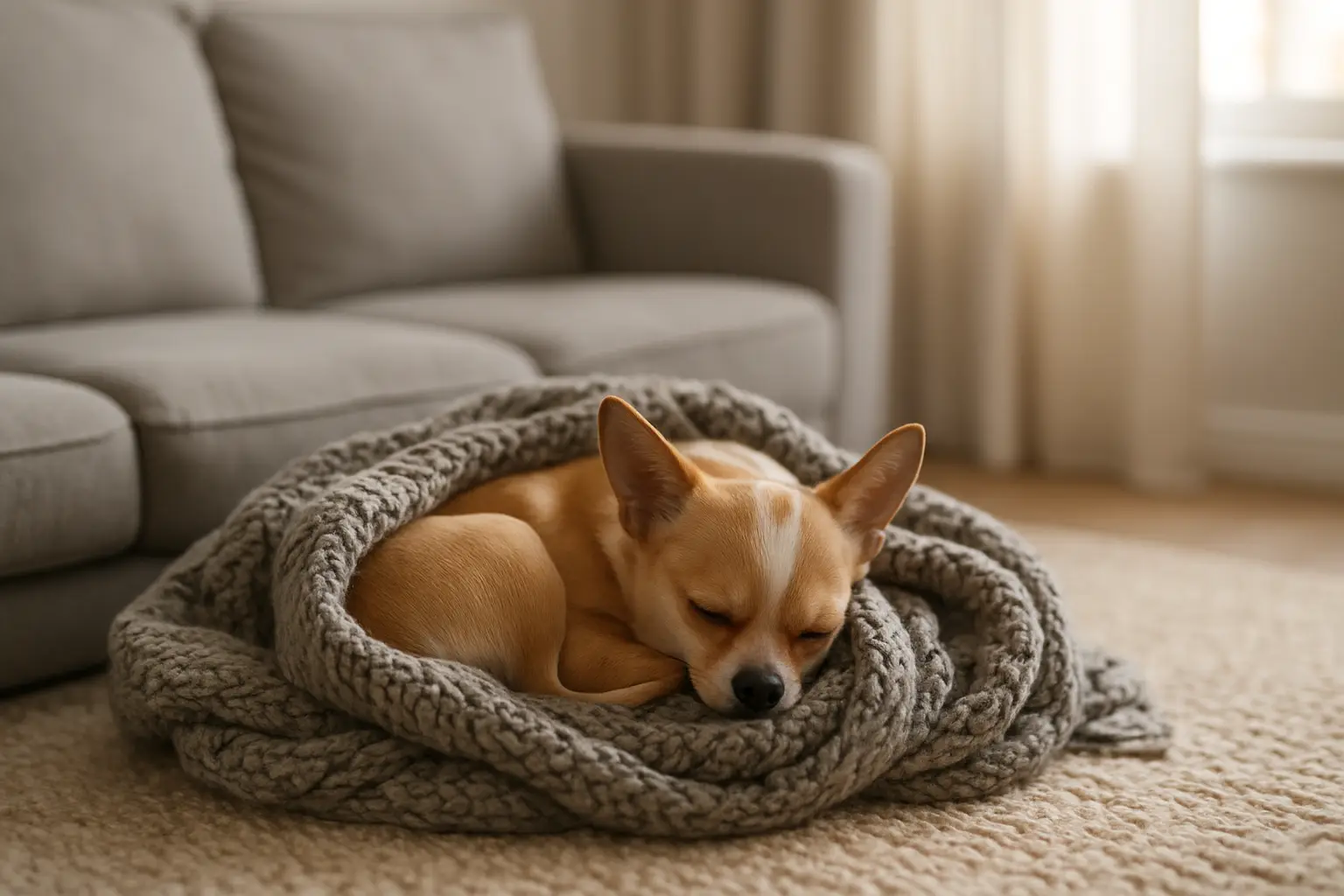How to Identify Your Pet’s Favorite Activities and Include Them in the Daily Routine
Just like humans, pets have preferences. They enjoy specific types of play, rest, exploration, and even social interaction. Identifying your dog’s or cat’s favorite activities isn’t just a fun exercise—it’s a meaningful way to deepen your relationship and support their mental and emotional well-being.
Building a daily routine around these favorite pet activities helps prevent boredom, reduce anxiety, and create joyful anticipation throughout the day. It’s also a simple but powerful way to show your pet they are seen, understood, and loved.
In this comprehensive guide, you’ll learn how to recognize what your dog or cat truly enjoys and how to structure your day to honor those needs.

Why It Matters: The Importance of Personalized Routines
Not all dogs love fetch. Not every cat wants to cuddle. Each animal has a unique personality, energy level, and emotional rhythm. Honoring these preferences is key to a peaceful, connected household.
Benefits of Including Favorite Pet Activities:
- Reduces stress and anxiety
- Builds emotional security
- Enhances physical and mental stimulation
- Deepens the bond between you and your pet
- Supports better behavior and obedience
A routine built around your pet—not a one-size-fits-all approach—creates a more harmonious life for both of you.
Step 1: Observe Without Interference
The best way to discover your pet’s preferences is to watch them when they don’t know you’re watching.
What to Look For:
- Which toys they gravitate toward
- Where they choose to rest or nap
- What times of day they’re most active
- How they react to different sounds, objects, or people
- Whether they prefer indoor vs. outdoor activities
- Their response to petting, brushing, or handling
Pay attention over several days. Patterns will emerge.
Step 2: Offer a Variety of Experiences
To find out what your pet likes, you need to experiment with different options.
For Dogs:
- Tug-of-war vs. fetch
- Walks in different locations
- Puzzle toys vs. chew bones
- Playing with people vs. playing alone
- Training with food vs. toys
For Cats:
- Wand toys vs. laser pointers
- Catnip toys vs. electronic toys
- Boxes vs. beds vs. high perches
- Brushing vs. petting vs. sitting near you
Let them guide the process. Don’t force or rush their preferences.
Step 3: Track Engagement and Reactions
Once you’ve introduced a range of activities, start keeping track.
Questions to Ask Yourself:
- Does my pet initiate this activity on their own?
- How long do they stay engaged?
- Do they return to the activity later?
- Do they show signs of joy (tail wag, purring, playful behavior)?
- Do they seem relaxed, alert, or calm afterward?
You can even keep a simple activity journal to spot trends.
Step 4: Identify Sensory Preferences
Every pet has specific sensory likes and dislikes.
Examples:
- Sound: Some pets enjoy music or TV; others prefer quiet.
- Touch: Some love belly rubs; others don’t want to be touched.
- Taste: Dogs may prefer certain treat flavors or textures.
- Sight: Cats may be fascinated by movement (laser, birds, shadows).
- Smell: Some pets enjoy scent-based games (snuffle mats, foraging).
Understanding these sensory traits helps you tailor enrichment activities.
Step 5: Recognize Emotional Needs
Some pets need more emotional stimulation than others. Their favorite activities might not be physically intense—they could be about connection or security.
Signs an activity is emotionally fulfilling:
- The pet seeks it regularly
- They appear relaxed and focused during it
- They sleep well afterward
- They offer affection or eye contact after the session
Cuddling, brushing, or simply sitting beside you may be more important than toys.
Step 6: Balance Excitement and Recovery
Even the most playful pets need downtime. Activities should be energizing—but not exhausting.
Watch for:
- Overstimulation (panting, pacing, hiding)
- Sudden napping after intense play
- Disinterest or reluctance to engage
Mix favorite active experiences with calming ones—like grooming, cuddling, or rest in a safe space.
Step 7: Rotate and Refresh Regularly
Even favorite pet activities can lose their charm with repetition. Keep things fresh.
Tips:
- Introduce new toys every 2–3 weeks
- Switch play styles (chase vs. tug, quiet vs. active)
- Rearrange furniture or play zones
- Alternate reward types (treats, toys, praise)
- Explore new walking routes or training games
Maintain a core of known favorites, but add variety over time.
Step 8: Build a Routine Around Preferences
Now that you’ve identified what your pet loves, schedule it intentionally.
Sample Dog Routine:
| Time | Activity |
|---|---|
| 7:00 AM | Morning walk with sniffing time |
| 9:00 AM | Puzzle toy with kibble |
| 12:00 PM | Cuddle and brushing session |
| 3:00 PM | Tug-of-war or fetch outside |
| 6:00 PM | Dinner followed by slow chew time |
| 9:00 PM | TV cuddle on the couch |
Sample Cat Routine:
| Time | Activity |
|---|---|
| 8:00 AM | Wand toy play |
| 10:00 AM | Bird watching from window perch |
| 1:00 PM | Hide-and-seek with treats |
| 4:00 PM | Brushing or lap time |
| 7:00 PM | Laser play followed by soft toy “catch” |
| 10:00 PM | Cozy retreat in favorite bed |
Don’t worry about sticking to exact times—but consistency in order and tone helps build emotional safety.
Step 9: Respect Their “No”
Not every moment is playtime. Even favorite activities can be rejected if your pet is tired, distracted, or overstimulated.
Signs to Pause or Stop:
- Walking away from the toy or person
- Yawning or turning their head
- Ears back or tail twitching
- Lack of eye contact or focus
- Growling or swatting
Let your pet guide the pace. Consent builds trust.
Step 10: Involve the Whole Household
Make sure everyone in your home understands and respects your pet’s preferences.
Tips:
- Create a shared routine chart
- Teach kids or visitors what your pet enjoys and avoids
- Use consistent commands or cues
- Assign enrichment tasks (who plays, walks, trains, etc.)
A united household supports better emotional outcomes.
Step 11: Adapt Activities Over Time
As pets age or experience life changes, their preferences may shift.
- Puppies may need shorter, more frequent play
- Senior dogs may enjoy scent games over running
- Cats may switch from high jumping to soft toys
- Illness, anxiety, or trauma can reduce play interest temporarily
Revisit their favorites regularly and adjust the routine as needed.
Step 12: Celebrate Your Pet’s Unique Joy
Sometimes the things pets love don’t make sense to us—and that’s okay.
Maybe your dog carries around a specific shoe. Maybe your cat chases invisible bugs. These quirks are personal joys. As long as the activity is safe, honor it.
What matters is that your pet feels happy, engaged, and supported.
Final Thoughts: A Tailored Life Is a Loved Life
There’s no greater gift you can give your pet than a life designed around their happiness. Recognizing their favorite activities—and intentionally making space for them each day—tells your dog or cat, “You matter. I see you. I’m here for you.”
It’s easy to get caught up in routines based on our schedules or assumptions. But when you slow down, listen, observe, and respond to your pet’s unique voice, you build a bond that goes far beyond commands or care.
You build a partnership. And in that partnership, love grows—every single day.




Post Comment